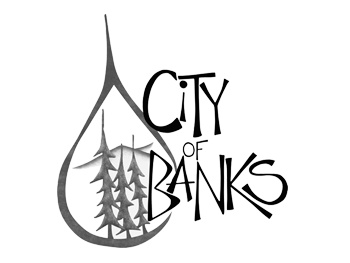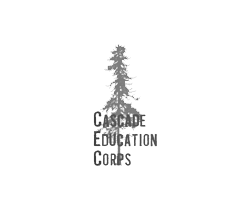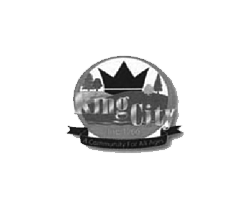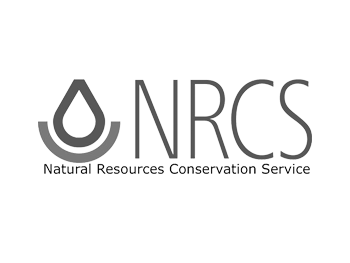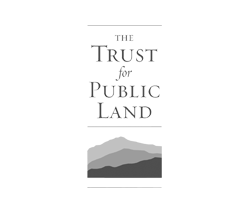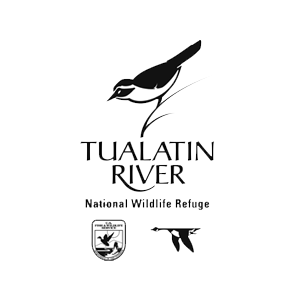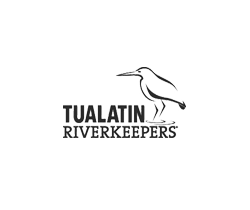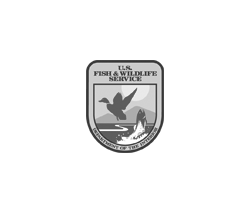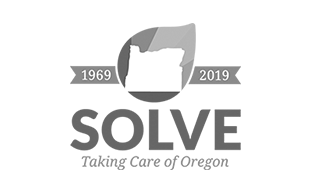Removing barriers, opening up habitat
In the United States, more than 2 million barriers—dams, culverts and other manmade structures—block fish from migrating upstream towards their food sources and spawning grounds. Even a single blocked passageway can have dire consequences for local fish populations, ecosystems and economies.
The tale of a fish barrier doesn’t always have to end in tragedy. Across the country, partners have come together to remove these structures, restore the passageways and rehabilitate impacted habitats. Watch the video below, inspired by Tree for All partners’ collaborative efforts to remove the Balm Grove dam.
“Dam removals are the single most important thing we can do to restore our rivers and streams.”
Resources
Follow any of the links below to learn more about the Balm Grove Dam Removal, our partners on this project, and what you can do to support fish barrier removal in your area.
More about the Balm Grove dam removal
Tree for All: Balm Grove case study
Tree for All: Dam Removed Carefully in Steps to Protect Fish and Habitat
Tualatin River Watershed Council: Balm Grove Dam Removal
Biohabitats: Balm Grove Dam Removal
Key partners for this project include Clean Water Services, the Intertwine Alliance, Metro, Northwest Steelheaders, Oregon Department of Fish and Wildlife, Trout Unlimited, Tualatin River Watershed Council, Tualatin Riverkeepers, and Tualatin Soil and Water Conservation District.
General information about fish barriers
NOAA Fisheries: Barriers to Fish Migration
U.S. Fish & Wildlife Service: What is Fish Passage?
U.S. Fish & Wildlife Service: National Fish Passage Program



